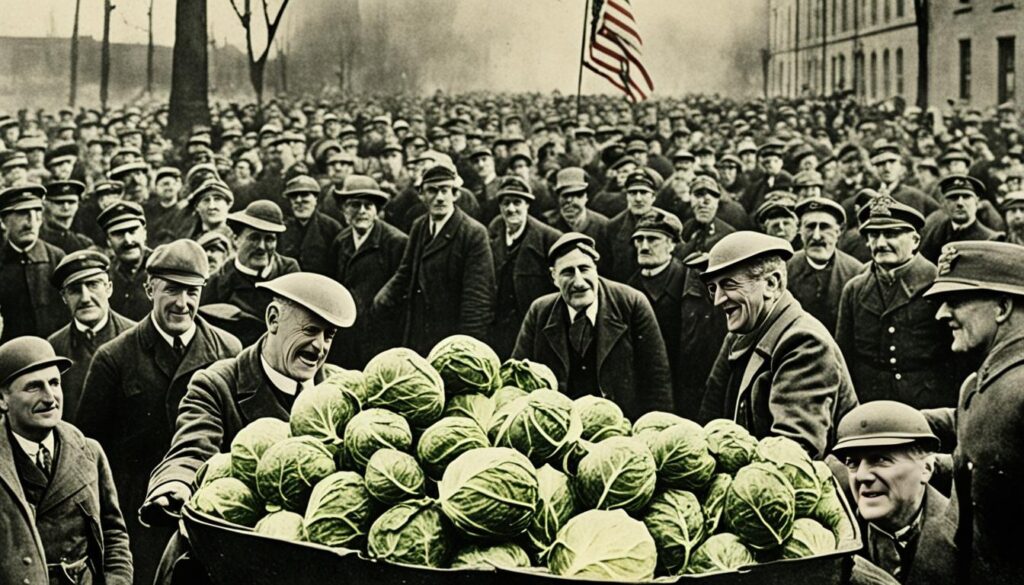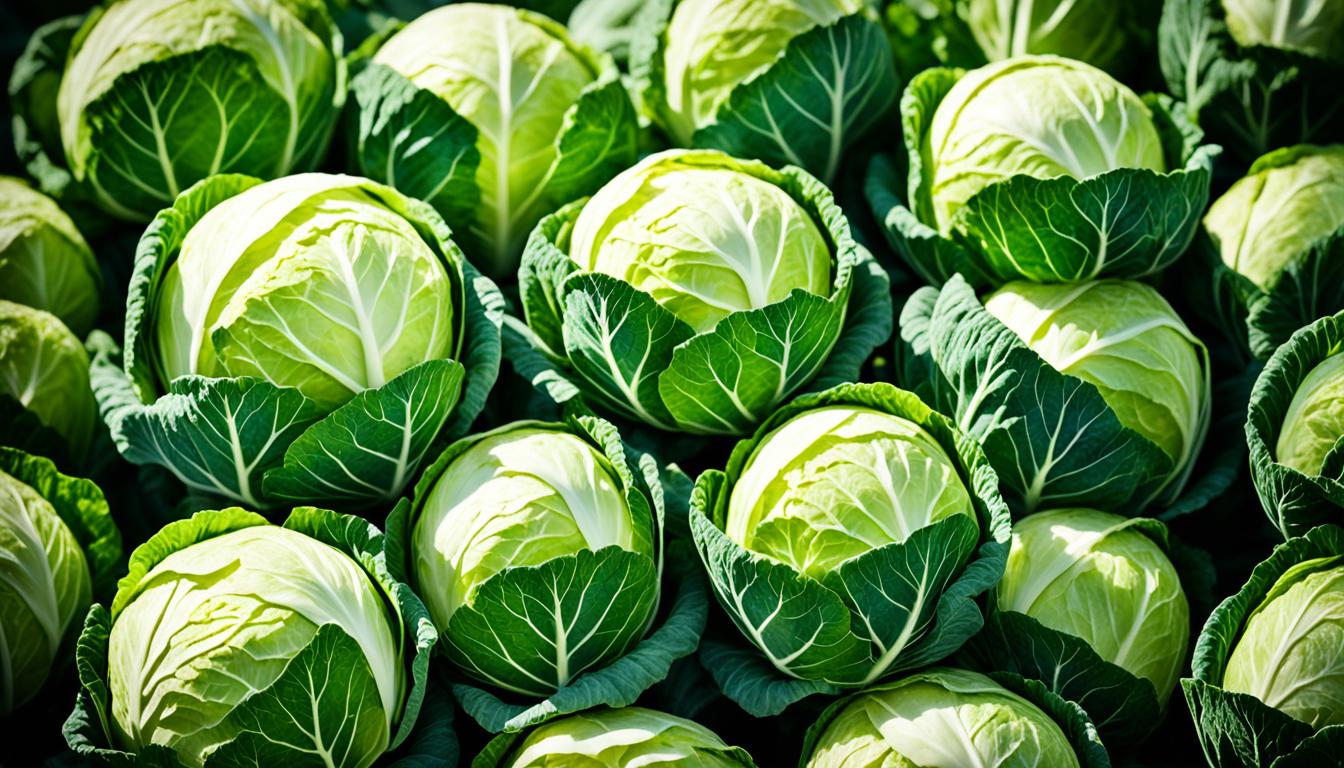During World War I, the U.S. saw a surge of patriotism and anti-German feelings. This led to renaming many German-related foods and terms. Sauerkraut became “Liberty Cabbage,” reflecting this trend.
Hamburgers turned into “Liberty Steaks,” and frankfurters became “Liberty Sausages.” Even German measles got a new name: “Liberty Measles.” These changes showed the growing hostility towards German-Americans during the war.
The U.S. wanted to distance itself from anything German. This included language, culture, and food. “Liberty Cabbage” was chosen to replace sauerkraut, emphasizing American patriotism.
German-Americans faced tough times during this period. They experienced discrimination, isolation, and sometimes violence. Many German-owned businesses were boycotted. German-language newspapers and schools had to close down.
The renaming of foods was part of a bigger effort. It aimed to vilify and sideline German-Americans during the war. This anti-German sentiment had long-lasting effects on the community.
Many German-Americans struggled to keep their cultural identity. They faced widespread hostility and pressure to change. The story of “Liberty Cabbage” shows how powerful wartime propaganda can be.
Key Takeaways
- During World War I, sauerkraut was renamed “Liberty Cabbage” due to anti-German sentiment in the United States.
- Other German-related terms, such as hamburgers and frankfurters, were also given patriotic names like “Liberty Steak” and “Liberty Sausage.”
- The renaming of German foods was part of a larger trend of ostracizing and villainizing German-Americans during WWI.
- German-Americans faced discrimination, boycotts, and violence as a result of the anti-German sentiment.
- The impact of this period on German-American culture can still be felt today, serving as a reminder of the power of wartime propaganda.
German-American Culture in the Early 1900s
German-American communities thrived across the United States in the early 1900s. They were the largest immigrant group, with nearly 5 million people from Germany. These immigrants worked as farmers, tradesmen, and professionals in various fields.
German culture had a strong impact on many parts of the country. In some areas, German was spoken more often than English. People enjoyed German traditions like outdoor concerts, picnics, and beer gardens.
Keeping German heritage alive was important to many German-Americans. They wanted to keep their language, customs, and traditions while becoming part of American society. German-language newspapers, schools, and churches helped maintain their culture.
These institutions supported German immigrants and connected old and new worlds. They also helped foster pride in their shared identity. German-Americans faced challenges but thrived in their new home.
Their hard work and focus on education made them valued members of society. German-American communities grew and prospered as the 20th century began. They left a lasting mark on the history and identity of the United States.
Anti-German Sentiment and WWI Liberty Cabbage
During World War I, German-Americans faced harsh anti-German prejudice and persecution. Their loyalty was questioned, despite living in America for generations. Many were forced to prove their allegiance through Liberty Loans or joining patriotic groups.
Some had their homes or German-American businesses painted yellow, a color linked to disloyalty. German-language newspapers were closed or forced to print in English. Schools even burned German-language books.

The anti-German prejudice affected businesses too. The German Savings Bank in Davenport, Iowa, renamed itself to sound more “American”. This was done to avoid boycotts and harassment.
German-Americans felt pressured to join Liberty Loan drives and other patriotic activities. Not conforming could lead to social rejection or violence. This persecution deeply impacted the German-American community.
The events of World War I changed German-American businesses and culture forever. The effects of this prejudice can still be felt today.
The Lasting Impact on German-American Culture
World War I sparked anti-German sentiment in the US, deeply affecting German-American culture. Many German-Americans rushed to prove their loyalty by Americanizing quickly. This pressure led to a loosening of ties with their German roots.
Discrimination during the war years reinforced cultural assimilation. Later generations of German-Americans often felt less connected to their heritage. Many stopped speaking German entirely. German traditions slowly blended into American culture, with some vanishing completely.
This cultural erosion stemmed from widespread anti-German feelings and fear of persecution. The German-American experience during WWI highlights America’s history of targeting “outsiders”. It reminds us that being American isn’t tied to race, ethnicity, language, or religion.
Just as superstitions and fear led to vampire hunts in 19th-century New England, German-Americans faced similar prejudice. This fear had long-lasting effects on their cultural identity and place in society.
Many Americans today have German ancestry. However, the distinct German-American culture has largely blended into American life. This shows the complex process of cultural assimilation and prejudice’s lasting impact on immigrant communities.

Leave a Reply